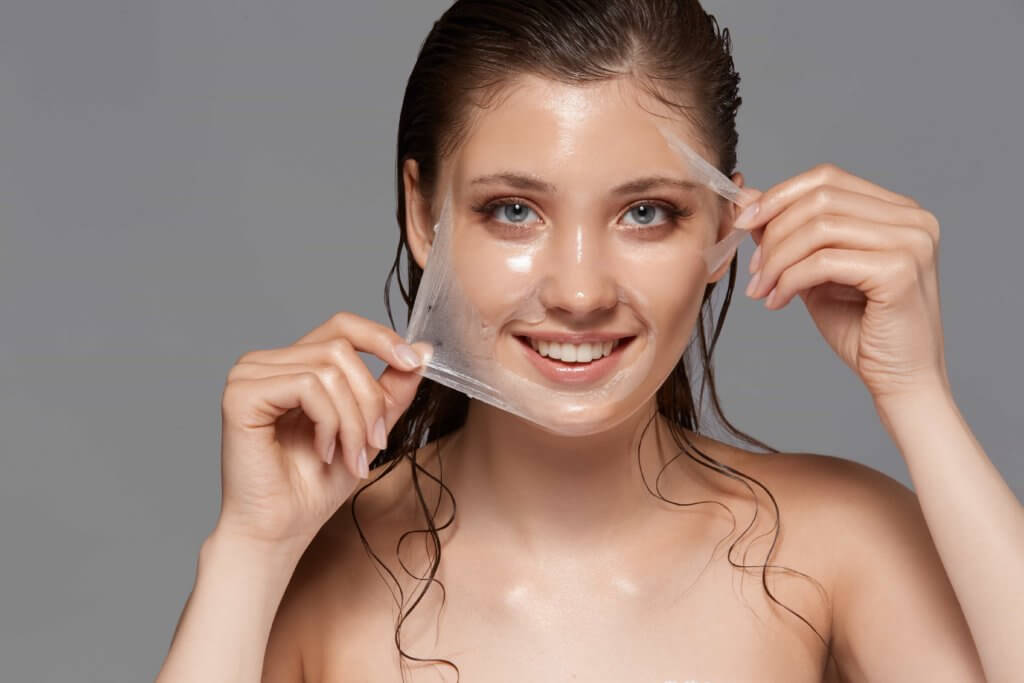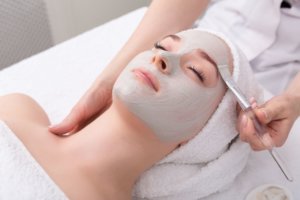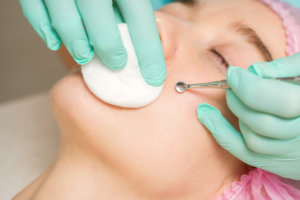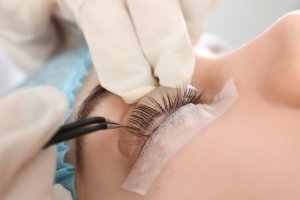A chemical peel is a standard method of treating acne and other skin conditions. They are widely used in the beauty industry as well. Chemical peels can be performed swiftly at medical spas and clinics and can be used to treat many skin conditions.
However, many people need to learn about chemical peels, which can make them avoid treatments entirely. Chemical peels have a terrible reputation among certain people because they are thought to cause burns, scarring, skin damage, and other problems.
It must be popular if famous people and social media influencers use it frequently. How much better will you feel if it does what it says it will? To dispel any misunderstandings, we must discuss every facet of chemical peels.
What Is a Chemical Peel?
Acids are used in chemical peels as a form of exfoliation for cosmetic purposes. The acid removes an equal number of dead and damaged skin cells from the entire treatment area. This helps the skin to heal with little scars and color changes if done correctly.
Chemical peels can penetrate the epidermis and the dermis, two distinct layers of skin. The dermis is the layer underneath the epidermis, the outermost layer we can see. The sweat glands, hair follicles, and nerve endings are all located in this deeper layer.
All chemical peels work by exfoliating the epidermis in a measured fashion. Sometimes, a little dermis may be lost if a deeper peel is used.
Chemical Peel Procedure
Chemical peels are often done in the doctor’s office, whereas deeper peels may be done in an outpatient surgical center. If you have long hair, you may be asked to pull it back before receiving treatment. You will have your face cleansed, and you may be given gauze or goggles to wear over your eyes for safety.
Deep peels often necessitate a topical anesthetic to ensure the patient is completely comfortable throughout the procedure. During extensive peels, your doctor may also use a regional drug to numb vast areas. It is common practice for doctors to do this before procedures on the face and neck.
Light Peel
A chemical solution, such as salicylic acid, is applied to the treated area using a cotton ball, piece of gauze, or brush during a gentle peel. The skin will start to turn white and may hurt a little while it does so. Afterward, the chemical solution will be removed, or a neutralizing solution will be added.
Medium Peel
During a medium chemical peel, your doctor will apply the chemical solution to your face with a cotton-tipped applicator, a specialized sponge, or gauze. Trichloroacetic acid and glycolic acid are two examples. As your skin gradually fades, your doctor will apply a chilly compress to speed up the process. You may feel a burning or stinging feeling that lasts up to 20 minutes. No neutralizing solution is necessary, although they may give you a hand-held fan to help chill your skin down.
Deep Peel
A deep chemical peel is performed while most of your facial area is numbed. A cotton-tipped applicator will apply phenol to your skin as directed by your doctor. As a result, your skin will lighten to a white or gray color. We’ll break up the procedure into 15-minute chunks to limit the acid’s contact time with the skin.
Chemical Peels Benefits
Your dermatologist can help you decide if a light, medium, or deep chemical peel is best for you based on your skin type and the problems you wish to fix.
Light Chemical Peel
A superficial peel or gentle chemical peel will gently exfoliate your skin. The epidermis, or the outermost layer of skin, is all that gets shaved off.
A mild chemical peel is typically used for:
- minor wrinkles
- uneven skin tone
- dry skin
- prone to acne skin
Getting chemical peels every two to five weeks is usually safe with just mild chemicals.
Medium Chemical Peel
A medium chemical peel is between a light peel and a deep peel. In addition to the epidermis, the topmost layer of your dermis is also taken off.
For the most part, a medium peel is used when:
- acne scars
- wrinkles
- uneven skin tone
It may take several sessions of treatment before you see any improvement.
Deep Chemical Peel
A deep chemical peel will remove the epidermis and the upper and middle dermal layers. Because of the potentially painful effects of the treatment’s powerful ingredients, a local anesthetic may be necessary before you begin. Doing so will result in less pain and discomfort.
Those who would benefit most from a deep chemical peel are:
- more prominent wrinkles
- deeper scars
- cancerous skin lesions
Because of how long the effects of this peel linger, it should only be done once. There is no need for any further treatment.
Potential Risks and Side Effects
In the hands of trained professionals, chemical peels have been used safely for decades. It should be noted, however, that there is always a slight risk involved with any chemical peel operation.
There are a lot of items to consider before getting chemical peels. Specifically, you should check that you are not allergic to chemicals or other compounds found in topical therapies, such as salicylic acid or benzoyl peroxide. Consult your physician to determine if it is safe for you to undergo these treatments.
Even if you don’t have an allergy to these chemicals, there is still a chance that you’ll experience unpleasant side effects. Irritation, redness, and swelling are possible side effects of a chemical peel.
Recovery
If you want your chemical peel’s side effects to be minimal, if not nonexistent, you must strictly follow your doctor’s instructions. The doctor will tell you how often you should cleanse, what kind of soap to use, what kind of moisturizer is best for your skin type, and what other skincare products you should use.
To help your skin recover, you should also avoid direct sunlight as much as possible. You also should only apply cosmetics once your doctor gives you the go light. When you return to your house, you can ease the pain with ice packs and a fan.
If you’re thinking about getting a chemical peel, don’t hesitate to contact us here at Opulent Aesthetics and Wellness. With our services‘ help, our clients can better realize their aesthetic visions.







